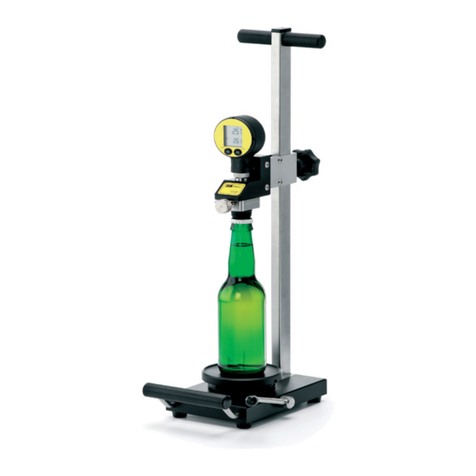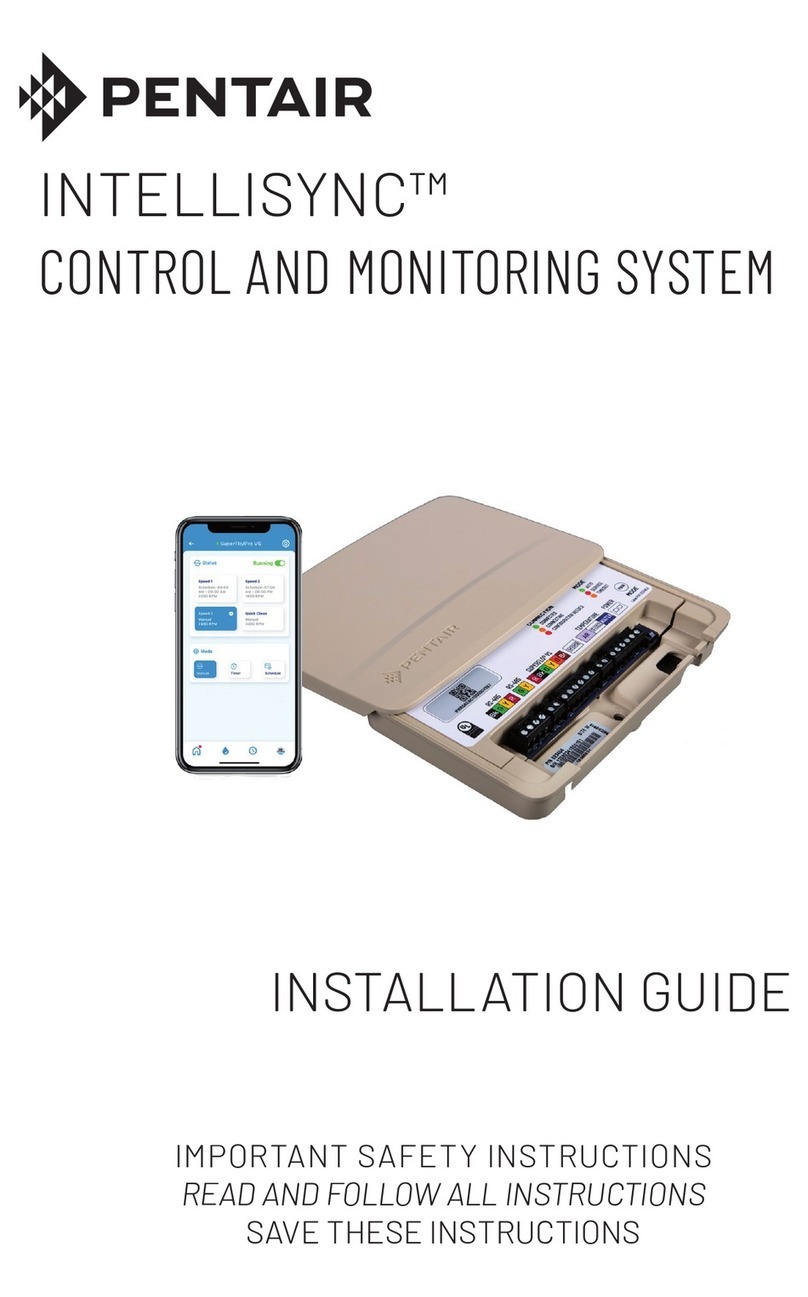
HAFFMANSGMT
GMT Page 5 of 37
Table of contents
1. Technical specifications................................................................................................ 7
2. Introduction..................................................................................................................... 9
2.1 Intended use ......................................................................................................... 9
2.2 Safety.................................................................................................................... 9
3. General product information....................................................................................... 11
4. Installation..................................................................................................................... 13
4.1 Unpacking........................................................................................................... 13
4.2 Installing the battery............................................................................................ 13
5. Operation.......................................................................................................................15
6. Calibration.....................................................................................................................17
6.1 Determining the accuracy of the pressure gauge ............................................... 17
6.2 Adjusting the handle............................................................................................ 18
7. Maintenance and cleaning........................................................................................... 19
7.1 Daily.................................................................................................................... 19
7.2 Weekly ................................................................................................................ 19
7.3 Monthly................................................................................................................ 20
8. Trouble shooting and repair........................................................................................ 21
8.1 Trouble shooting ................................................................................................. 21
8.2 Repair.................................................................................................................. 22
9. Disposal and the environment .................................................................................... 25
Appendix I: Customer service................................................................................................. 27
Appendix II: Terms of guarantee ............................................................................................ 29
Appendix III: EC Declaration of conformity ........................................................................... 31
Appendix IV: Spare parts......................................................................................................... 33
Appendix V: Drawing............................................................................................................... 37


































